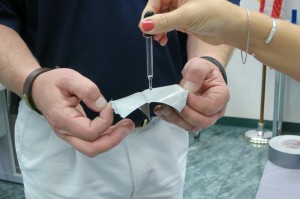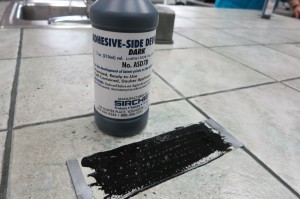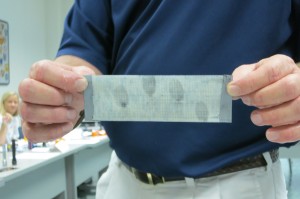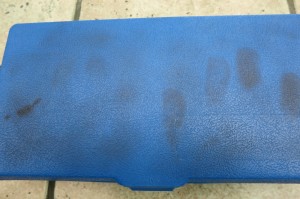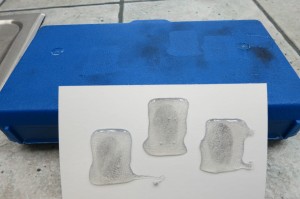KN, p. 211 “Does Your Town Have ‘Active Shooter in the School’ Defense Strategies?”
Homeland Security has defined an “active shooter” as someone with a gun engaged in killing or trying to kill people in a confined and populated place.
Most experts agree that there is no one simple solution to the level of violence being aimed at the schools by individual shooters in the USA right now, but most people agree that it has to stop.
While we, the parents and friends and neighbors of the children struck down since the beginning of 2018, as well as elected officials and law enforcement officers, wrangle over what the solution should be, take a look at the ‘stay-as-safe-as-possible’ methods the school children should practice, as suggested by Homeland Security:
Their plan is called: “Run, Hide, Fight,” and includes these strategies:
- Be aware of your environment and any possible dangers
- Take note of the two nearest exits in any facility you visit
- If you are in an office, stay there and secure the door
- If you are in a hallway, get into a room and secure the door
The ‘Fight’ part has to do with taking down the shooter, but no Elementary or Junior High student I know is capable of doing that, nor are 99% of the High School students or teachers I’ve met.
In many communities, fire drills must be performed twice a month to comply with City or State regulations. During these drills, children are escorted to the exits in an orderly manner – no running – and out designated exits to areas away from the building. Most schools have multiple exits and with several hundred people who must leave in under two minutes (State requirement for speedy evacuation) the teachers and administration take this responsibility seriously. At a well-run school, the end of day dismissal is conducted just as efficiently, but just to the outside door and sidewalks. The busses and cars are waiting at the curbs, and the walkers know where to go.
In the scenario of the active shooter, Homeland Security suggests that the children should always know two ways to get out of the building so they can get out as quickly as possible if needed. Children should leave behind their backpacks and just get out. So that any First Responders on the scene can sort out the good guys from the bad, the evacuating children should keep their hands in the air, leaving the cell phones in their pockets while exiting.
If the children are stuck in the building, they should hide – under desks if that’s the only shelter, or in closets – but, out of the line of sight of the classroom door. They should silence their cell phones, so as not to alert a shooter to the location of more targets.
Plus, if the children are lucky enough to be in a room that has moveable chairs or tables to jam under the doorknobs, they should do that. Please note: most classroom doors do not lock from the inside, and many don’t lock at all.
In this new reality, safety drills might include mock shooter scenarios where students try to remember how many shooters there are, their location, and even a description of their appearance – clothes, hair, shoes, etc. Every piece of accurate information helps in resolving the real-life incidents.
Many States around the country responded to the Sandy Hook shooting in 2012 by requiring their schools to increase school security and enact safety drills. In the wake of the Florida shooting (February, 2018) more States are responding to public pressure and taking the step to examine current safety standards and procedures throughout the districts.
Whatever your stance on how to solve this issue, our children should be safe at school. Period.
Please visit www.dhs.gov for more information about the Homeland Security policies and programs.
KN, p. 211 “Does Your Town Have ‘Active Shooter in the School’ Defense Strategies?” Read More »


